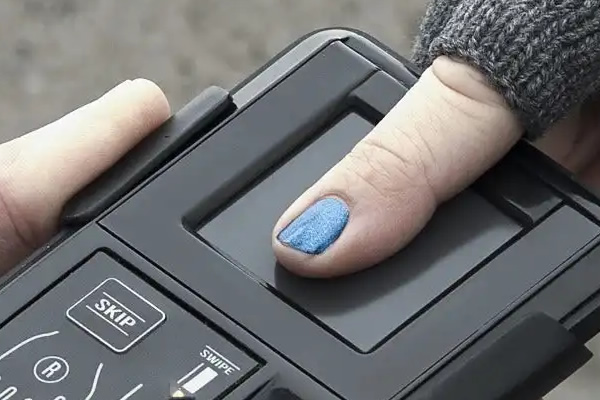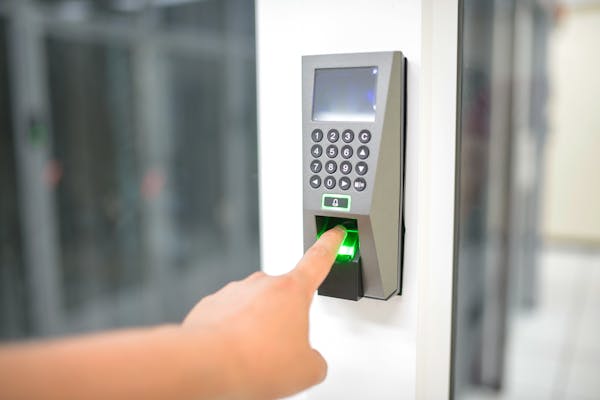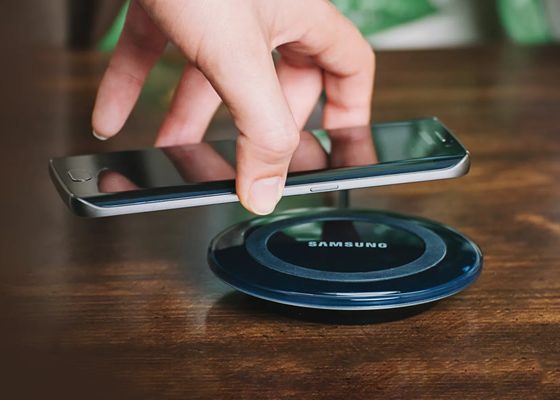
Biometric technology, once confined to the realm of science fiction, has become an integral part of our everyday lives. It has quietly but resolutely infiltrated our world, making the previously unthinkable a reality. This article delves into the fascinating world of biometrics, exploring the application of biometrics, how it has risen to prominence, the types of biometric data in use, and the implications it holds for our security and convenience.
Introduction
The Evolution of Biometric Technology
In the not-so-distant past, the idea of unlocking a smartphone with a fingerprint or gaining access to your bank account with just a glance seemed like something out of a spy movie. However, biometric technology, which involves the identification of individuals based on unique physical or behavioral traits, has evolved rapidly. It has transcended its sci-fi roots to become a ubiquitous feature in our daily lives.
The Popularity of Biometric Gadgets
Biometric gadgets are on the rise, thanks to their seamless integration into devices we use regularly. Smartphones, laptops, and even door locks have embraced this technology, making our interactions with technology more intuitive and secure. From fingerprint recognition to facial authentication, biometrics are fundamentally altering the way we interact with our devices.
Purpose and Scope of the Article
This article aims to unravel the world of biometrics, providing an in-depth exploration of its various facets. From understanding what biometrics truly are and how they function, to their widespread applications in our everyday lives, and the pivotal role they play in bolstering security and convenience, this article leaves no stone unturned.
Understanding Biometrics
What Are Biometrics?
Biometrics, a term derived from the Greek words “bios” (life) and “metron” (measure), is the science of measuring and analyzing unique biological or behavioral traits. These traits serve as a means of identifying and verifying individuals. In essence, biometrics utilize what is inherently ours, making each of us a walking, talking, and uniquely identifiable passcode.
Types of Biometric Data
Fingerprint Recognition
Fingerprint recognition, or dactylography, is one of the most widely recognized forms of biometric authentication. Each person’s fingerprint is a complex pattern of ridges and valleys, making it a distinctive and nearly impossible-to-replicate identifier.
Facial Recognition
Facial recognition relies on mapping the unique features of an individual’s face. It captures details such as the distance between the eyes, the shape of the nose, and the contours of the jawline. This technology has gained prominence in security systems and smartphone unlocking.
Iris Scanning
Iris scanning takes biometrics to a whole new level. The intricate patterns in the colored part of your eye, the iris, are as unique as a fingerprint. This high-precision biometric technology is often used in top-level security applications.
Voice Recognition
The way you speak, the pitch of your voice, and your distinct vocal patterns are the foundation of voice recognition. It’s not just what you say, but how you say it, that makes your voice a secure identifier.
Palm Print Authentication
While less common, palm print authentication leverages the unique patterns and lines on an individual’s palm. This form of biometrics offers an alternative means of identification.
How Biometric Gadgets Work
Biometric gadgets function on a simple principle: capture, convert, and compare.
- Capture: The biometric gadget collects data from the user’s chosen trait (e.g., fingerprint, facial features, or voice).
- Conversion: The data is converted into a mathematical algorithm that represents the unique characteristics of the trait.
- Comparison: The gadget then compares this algorithm to the stored reference data to verify the user’s identity.
The Biometric Data Security Debate
The proliferation of biometrics raises valid concerns about data privacy and ethical considerations. As our biological and behavioral data become the keys to our digital lives, questions of who has access to this data and how it is used have become more pressing than ever.
Application of Biometrics in Everyday Life

Biometrics in Smartphones
Unlocking Phones
By utilizing unique biological features like fingerprints, facial recognition, or iris scans, biometric authentication ensures that only authorized users gain access to their devices. This technology not only enhances security by providing a personalized layer of protection but also simplifies the unlocking process, eliminating the need for cumbersome passwords or PINs. Moreover, biometrics offer a seamless and efficient user experience, as authentication occurs swiftly with just a touch or a glance, making it an indispensable application of biometrics in the realm of mobile device security.
Mobile Payments
Biometrics in Travel
The application of biometrics in travel encompasses a range of innovative solutions aimed at enhancing security, efficiency, and convenience within the travel industry. Biometric technologies such as facial recognition, iris scanning, and fingerprint identification are utilized for various purposes, including identity verification at airports, border crossings, and immigration checkpoints. These systems streamline the check-in process, expedite security screenings, and enable seamless passenger flow by accurately authenticating travelers’ identities. Moreover, biometrics offer heightened security measures, reducing the risk of identity theft and fraud. Overall, the application of biometrics revolutionizes the travel experience, offering a potent combination of heightened security and improved efficiency throughout the journey.
Airport Security
Border Control
Biometrics in Healthcare
Patient Identification
Prescription Verification
Biometrics in Banking
Secure Access to Accounts
ATM Withdrawals
Biometrics and Security

Passwords vs. Biometrics
Strength of Authentication
The strength of authentication refers to the level of security provided by a system to verify the identity of users. It ensures that only authorized individuals gain access to sensitive information or resources. One powerful application of biometrics, which enhances authentication strength significantly, involves using unique physical or behavioral characteristics such as fingerprints, facial features, or voice patterns to confirm a person’s identity. Biometric authentication offers a robust layer of security by relying on traits that are difficult to replicate or forge, thereby bolstering the overall integrity of authentication processes.
Vulnerabilities of Passwords
Identity Theft and Biometrics
The Importance of Multi-Factor Authentication
Identity authentication is crucial in ensuring security across digital platforms. Multi-factor authentication (MFA) plays a pivotal role by adding layers of verification beyond traditional passwords, thus significantly enhancing protection against unauthorized access. One integral aspect of MFA is the application of biometrics, which involves utilizing unique physical or behavioral characteristics like fingerprints or facial recognition for identity verification. This method offers a higher level of security as it is difficult to replicate or spoof, thereby reducing the risk of identity theft or fraudulent activities. Implementing MFA with biometrics fortifies authentication processes, ensuring that only authorized individuals gain access to sensitive information or systems, ultimately safeguarding digital assets and user privacy.
Advantages of Biometric Gadgets
Convenience and Speed
Biometrics make our interactions with technology more seamless and effortless. No need to remember complex passwords or carry physical keys when your body is the key.
Enhanced Security
The uniqueness of biometric traits provides a high level of security, reducing the risk of unauthorized access.
Reducing Fraud and Identity Theft
Biometrics helps mitigate fraud and identity theft by making it incredibly difficult for impostors to gain access.
Customization and User Experience
Biometric systems can be customized to cater to individual preferences, enhancing the user experience and personalization of devices.
Conclusion
The evolution and widespread application of biometric technology has transformed the landscape of security and convenience in our daily lives. Once confined to the realm of science fiction, biometrics now permeate various aspects of society, from unlocking smartphones to enhancing healthcare and banking services.
Through the utilization of unique biological or behavioral traits, such as fingerprints, facial features, or iris patterns, biometric gadgets provide seamless and secure authentication methods, revolutionizing how we interact with technology.
While concerns regarding data privacy and ethical considerations persist, the benefits of biometrics in bolstering security, reducing fraud, and enhancing user experience cannot be overstated. As biometric technology continues to advance, it promises to further redefine our relationship with security and convenience in the digital age.



